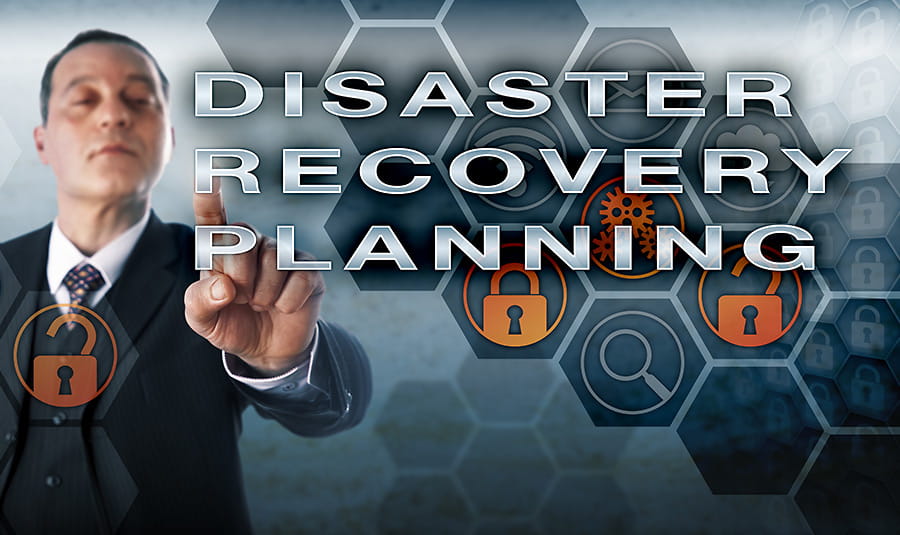Disaster Recovery Planning is not a one-size-fits-all strategy. That’s why Armament’s disaster recovery plans are based on your company’s individual risk profile, instead of a preset blueprint.
And because disaster can strike in many ways, your Recovery Plan must be as individual as your organization. Our specialists analyze your company’s infrastructure to diagnose potential disaster risks and crucial fail points in the event of an incident. If the worst happens, we make sure you have a way back.

 British Airways, one of the world's major carriers, was forced to ground ALL of its flights for three days by a critical network infrastructure failure. And if it can happen to BA, it can happen to anyone.
British Airways, one of the world's major carriers, was forced to ground ALL of its flights for three days by a critical network infrastructure failure. And if it can happen to BA, it can happen to anyone.
The simple fact is that the majority of small and medium businesses have no idea, no contingencies in place, and no plan to follow, when things go disastrously wrong. And it’s exactly this lack of preparedness that causes 60% of businesses to fail within six months of suffering disastrous outages.
 If you don't know how to start...
If you don't know how to start...
These percentages are terrifying for any unprepared business owner, once they realize that without a thorough disaster recovery plan, any major emergency can permanently take a business out.
Armament creates a solid, customized set of emergency contingencies for your business, based on your individual risk profile.
Sources:
The purpose of a Disaster Recovery Plan (DRP) is to outline the steps required to recover from an adverse event. Put simply, it addresses the question: “How do we recover if something stops us running?”
The purpose of a Business Continuity Plan (BCP) is to insure the organization is able to continue operations during adverse events. Put simply, it addresses the question: “What do we have to do to keep running?”

Any element of your business process that, if it breaks, can bring down your entire operation, is a Single Point of Failure. Such choke points can frequently become business killers, if they are not mitigated. Find out more...